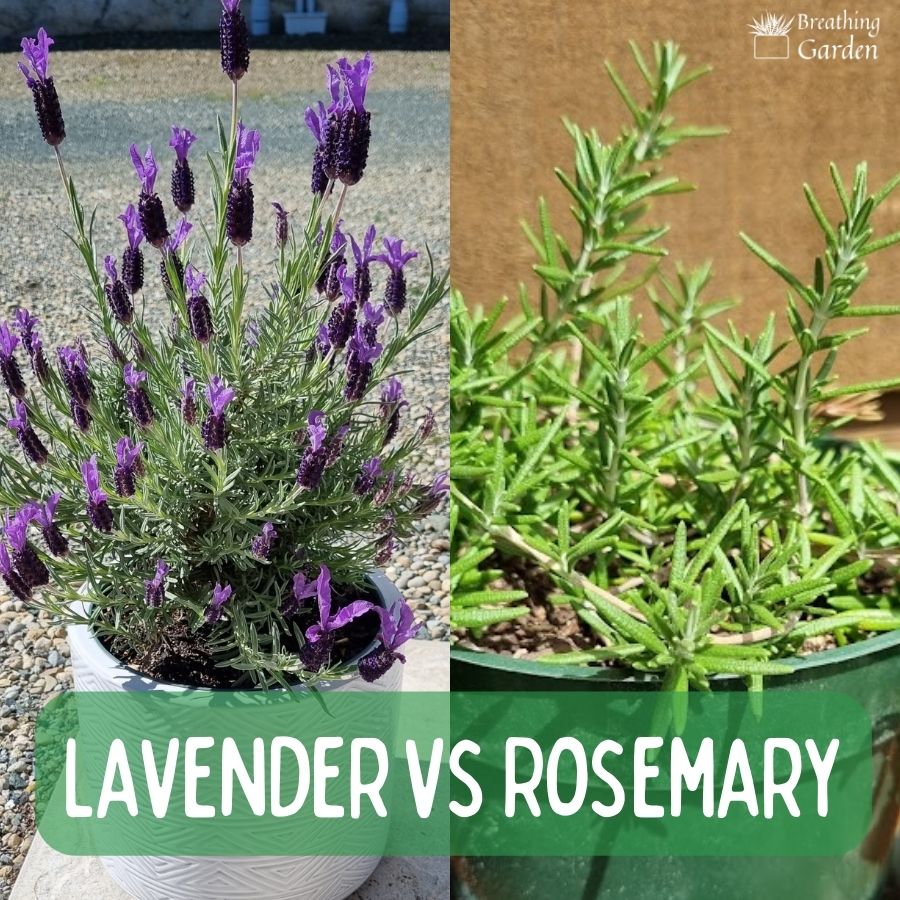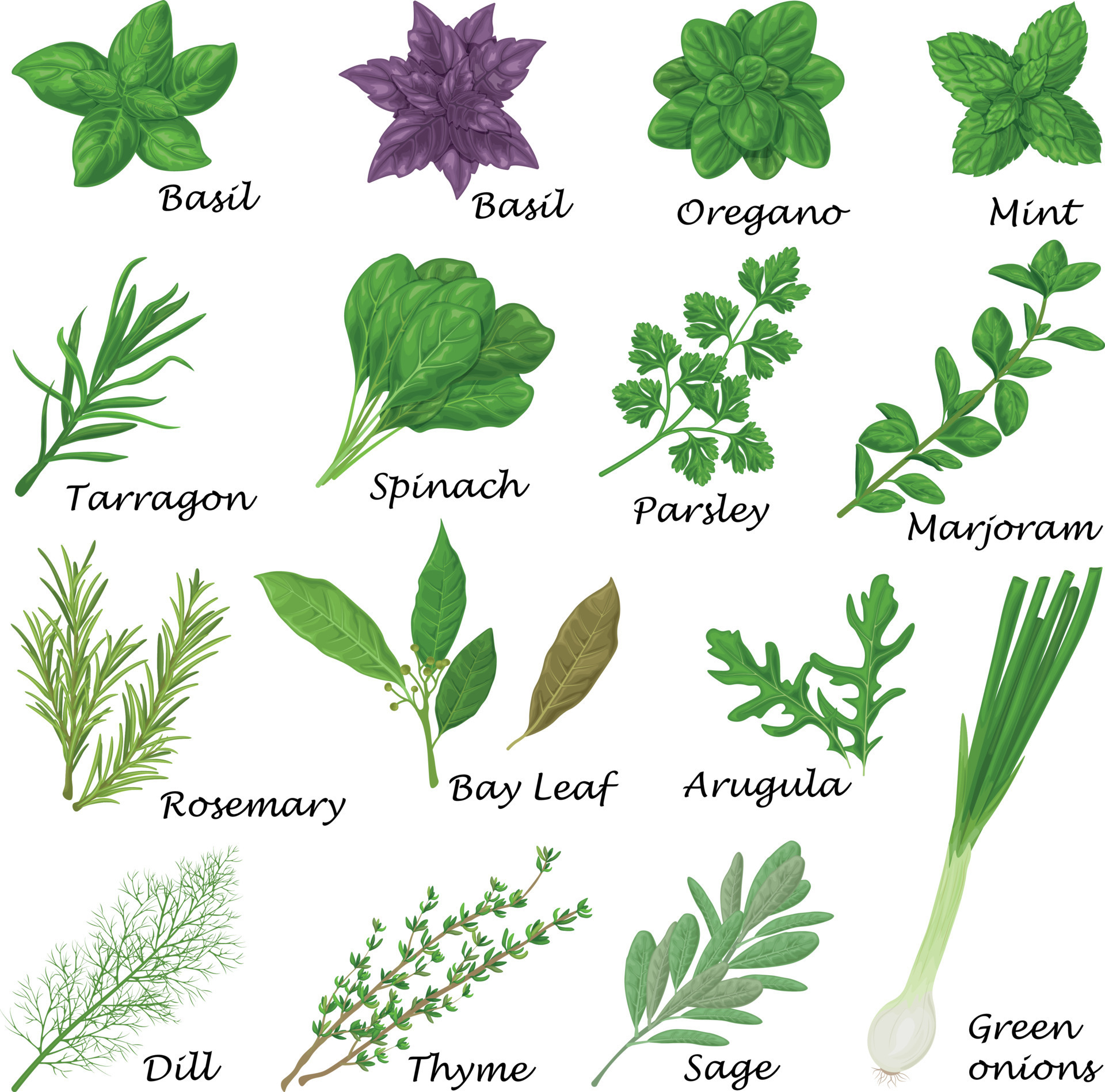Herbs That Love To Grow Together
Herbs That Love to Grow Together
Herbs are a great way to add flavor and nutrition to your meals. They're also relatively easy to grow, even if you don't have a lot of space. But did you know that some herbs actually grow better together than others?
In this blog post, we'll take a look at some of the best herbs to plant together. We'll also discuss why they work so well together and how to plant them for the best results.
Why Plant Herbs Together?
There are a few reasons why planting herbs together is a good idea. First, it can help to deter pests and diseases. Some herbs release chemicals that repel insects, while others can help to attract beneficial insects, such as ladybugs and lacewings.
Second, companion planting can help to improve the growth and flavor of your herbs. For example, basil can help to repel whiteflies, while parsley can help to attract pollinators.
Finally, planting herbs together can simply make your garden look more attractive. When you group herbs together that have similar colors, textures, or scents, you can create a visually appealing and functional space.
What Herbs Grow Well Together?
Here are some of the best herbs to plant together:
- Basil and tomatoes: Basil is a natural pest repellent and can help to keep tomato hornworms away from your tomatoes. It also complements the flavor of tomatoes, making them even more delicious.
- Cilantro and carrots: Cilantro helps to repel carrot flies, which can damage carrots. It also helps to improve the flavor of carrots.

- Dill and fennel: Dill and fennel are both members of the carrot family and have similar growing requirements. They also complement each other's flavors, making them a great choice for salads and other dishes.
- Lavender and rosemary: Lavender and rosemary are both Mediterranean herbs that love the sun and dry soil. They also have a lovely fragrance that can help to deter pests.

- Mint and oregano: Mint and oregano are both strong-flavored herbs that can help to deter pests. They also grow well in containers, so they're a good option if you have limited space.

- Parsley and thyme: Parsley and thyme are both hardy herbs that can tolerate a variety of conditions. They also complement each other's flavors, making them a great choice for soups, stews, and other dishes.

How to Plant Herbs Together
When planting herbs together, it's important to consider their individual needs. Some herbs, like basil and mint, need full sun, while others, like parsley and thyme, prefer partial shade. It's also important to plant herbs that have similar water requirements together.
Once you've chosen the right herbs to plant together, it's time to start planting. Follow the instructions on the seed packet or plant tag to plant your herbs at the correct depth and spacing.
After planting, water your herbs regularly, especially during the first few weeks. Once they're established, you can water them less often.
Conclusion
Planting herbs together is a great way to save space, deter pests, and improve the flavor of your food. By following the tips in this blog post, you can create a beautiful and productive herb garden that will provide you with fresh herbs all season long.
Herbs to Plant Together
When planting herbs, it's important to consider which herbs grow well together. Some herbs, such as mint, can be aggressive and take over a garden if planted too close to other herbs. Other herbs, such as basil and tomatoes, can actually help each other grow by attracting beneficial insects and repelling pests.
If you're not sure which herbs to plant together, a great resource is Gardenia Inspiration. This website has a comprehensive list of herbs and their companion plants, along with tips on how to plant and care for herbs in your garden.
FAQ of herbs to plant together
- What herbs should I plant together?
There are many herbs that can be planted together, but some of the most popular pairings include:
- Basil and tomatoes: Basil helps to repel pests that can damage tomatoes, and the two herbs also complement each other's flavors.
- Chives and carrots: Chives help to repel carrot flies, and the two herbs also have similar growing requirements.
- Dill and cucumbers: Dill helps to repel cucumber beetles, and the two herbs also attract pollinators.
- Lavender and roses: Lavender helps to repel pests that can damage roses, and the two herbs also have a beautiful fragrance.
- Mint and strawberries: Mint helps to keep the soil moist, which is beneficial for strawberries.
It is important to note that not all herbs can be planted together. Some herbs, such as mint, can be invasive and crowd out other plants. It is also important to consider the growing requirements of the herbs you want to plant together, such as sun exposure and water needs.
- Can I plant all my herbs together?
Yes, you can plant all your herbs together in one garden bed or container. However, it is important to space them out so that they have enough room to grow. You may also want to consider grouping herbs together based on their growing requirements, such as sun exposure and water needs.
- What are some herbs that should not be planted together?
Some herbs that should not be planted together include:
- Basil and fennel: Basil and fennel release chemicals that inhibit each other's growth.
- Cilantro and dill: Cilantro and dill have similar growing requirements, but they can compete with each other for nutrients.
- Mint and rosemary: Mint is an invasive herb that can crowd out rosemary.
- Oregano and thyme: Oregano and thyme have similar growing requirements, but they can compete with each other for nutrients.
- Sage and parsley: Sage and parsley have similar growing requirements, but they can compete with each other for nutrients.
- What are the benefits of companion planting herbs?
There are many benefits to companion planting herbs, including:
- Attracting pollinators: Some herbs, such as lavender and mint, attract pollinators, which can help to improve crop yields.
- Reducing pests: Some herbs, such as basil and chives, can repel pests that can damage other plants.
- Improving soil quality: Some herbs, such as mint and parsley, can improve soil quality by adding nutrients and organic matter.
- Competition: Some herbs, such as mint and oregano, can compete with each other for nutrients and water, which can lead to poor growth.
- Diseases: Some herbs, such as basil and parsley, can be susceptible to the same diseases, which can spread from one plant to another.
- What is the easiest herb to grow?
Some of the easiest herbs to grow include:
- Basil: Basil is a fast-growing herb that is relatively easy to care for. It prefers full sun and well-drained soil.
- Chives: Chives are another easy-to-grow herb that prefers full sun and well-drained soil. They can also be grown in containers.
- Cilantro: Cilantro is a fast-growing herb that prefers full sun and moist soil. It is best to sow cilantro seeds directly in the ground.
- Dill: Dill is a fast-growing herb that prefers full sun and well-drained soil. It is best to sow dill seeds directly in the ground.
- Oregano: Oregano is a hardy herb that can tolerate heat and drought. It prefers full sun and well-drained soil.
Image of herbs to plant together
- Basil, Tarragon, and Oregano: These Mediterranean herbs tend to pair well due to similar growing requirements, and planting oregano alongside basil and tarragon may help prevent pests.
- Lemon Verbena, Dill, and Cilantro: These herbs all have different scents and flavors that complement each other well. Lemon verbena is a citrusy herb that can help repel insects, while dill and cilantro have more delicate flavors.

- Lavender, Rosemary, and Thyme: These herbs are all drought-tolerant and can thrive in hot, sunny conditions. They also have attractive flowers that can add visual interest to your garden.

- Parsley, Sage, and Chives: These herbs are all easy to grow and can be used in a variety of dishes. Parsley is a good source of vitamins A and C, sage is a versatile herb that can be used in both sweet and savory dishes, and chives have a mild onion flavor that can be used to garnish food or add flavor to soups and salads.
- Mint, Basil, and Tomatoes: These herbs all have different water requirements, so it's important to plant them in separate pots or beds. Mint is a fast-growing herb that can quickly take over a garden, so it's best to plant it in a pot by itself. Basil and tomatoes have similar water requirements, so they can be planted together in a pot or bed.
Post a Comment for " Herbs That Love To Grow Together"